Acquire The Power of Code
In the modern era, programming languages are like the new ABC’s with almost every career requiring some sort of knowledge of code. Even without interacting with lines of code, one is often in situations that are easily solvable with a programmer mindset. Furthermore, programming or thinking logically like a computer is a skill sharpened with practice. This means that the earlier one begins, the better. That is why today we’ll dive into why and how you can teach kids programming.

Kid learning programming through practice
Where is programming used?
Although the answer may seem quite obvious, it is quite important to address where exactly programming is used. Not only does this give knowledge of how important programming is, but it also showcases how powerful it is. Let’s get the obvious out of the way, the screen you’re watching this on, the website this blog is on, it all requires programming. With technologies like HTML, CSS, and JavaScript, developers are able to convey their messages all across the web.
However, getting out of the fields of computer, robotics, and electronics often, if not most of the time, requires programming. Machines and electronics communicate in binary, 0’s or 1’s. Therefore, for humans to interact with or instruct a robot to perform a certain action, we need a mode of communication. Programming languages are the bridge of communication between humans and machines. So, any sort of automation or system which is not controlled directly mostly has some sort of programming on the backend. Examples of these are microwaves, remote controls, fridges, drones, and much more.
Advantages of teaching kids programming?
One of the biggest advantages of teaching kids programming is that in the future they will have plenty of options. With its wide array of usage, they will be able to adapt to any industry. All the while offering their valuable skills to come up with invaluable solutions. This makes it a must-have skill for a future where we are incapable of predicting what the jobs might be like. And of course, they’ll always have a fair shot at big tech companies like Facebook, Google or Amazon.
Moreover, kids gain logical thinking. Programming is all about creating a logical flow of data and commands to get the desired output. When one is forced to think exactly like a computer and work with literal instructions, their cognitive abilities bloom. They’re able to perceive processes from A to Z and how each step is important in the grand scheme of things.
By breaking each problem into chunks of small code, kids learn how to problem-solve efficiently. Often when faced with programming problems, students are instructed to create a program that performs an XYZ task. These tasks require students to first plan and then make adequate decisions on how to handle their data. Not only that but they need to make sure their code is clean and readable. They achieve this by breaking the codes into components and then puzzling them all together.
Lastly, it promotes creativity. Programming opens the door to an entire digital playground, where your mind (and your coding skills) are the limits. Without having to worry about hardware or any material cost, one can build almost anything. This leads to some creative outputs with kids working on video games, fun apps, or websites. And not to forget, they’re picking up valuable skills on the way.
How to teach kids programming?
Now that we’ve discussed the advantages and uses, let’s dive into how one can actually teach kids programming. There are many courses on YouTube and paid platforms like Udemy which offer programming courses. However, they’re usually ineffective as it is a one-sided interaction without any immediate feedback.
What kids actually need is someone to guide them through the process and hold their hand throughout the journey. Luckily for you, we know just the solution!
LearnOBots and how they teach kids programming
LearnOBots’ objective is to promote STEAM learning in the younger generations to help carve a brighter future for them. Parents and instructors get filled with joy upon seeing the students actively improve their skill set whilst feeling accomplished over completing each exciting challenge. Certified STEAM trainers get the honour of training hundreds of young adults to become young scientists by guiding them through programming a robot to navigate through a maze, wiring up a circuit for a solar house, or making a software application.
LearnOBots’ efforts in teaching kids programming
But most importantly, their STEAM camps have modules dedicated solely to teaching kids programming. They begin their journey by introducing children to the concept of logic with simple programming blocks. Without the inclusion of the alien syntax, kids are able to build a solid foundation. They will learn the basics of loops, conditionals, variables, and functions, essentially all the fundamentals of programming.
Then they are introduced to two languages, JavaScript and C++. This is where everything they’ve learned with blocks will take a more technical approach. They’ll get the chance to work on various fun projects such as a calculator, quiz application, and more. Then they will further flesh out their concepts by learning object-oriented programming. These are concepts that even university students struggle with. However, with LearnOBots’ experienced and well-trained instructors, kids will breeze through and gain valuable skills.
Additionally, there are other modules, like working with a modern website builder, WordPress. They also get to work with a modern language, Python, if they opt for the artificial intelligence module.
You can find out more here
With such facilities at hand and the industry being on the verge of a revolution, it has never been a better time to teach kids programming. Let LearnOBots help your kids become the visionaries of the future with the power of code! Happy learning!

